section-a8ead51
Get the Article
Aesthetic chills foster self-acceptance and emotional breakthrough in depression
Cite This Work
Schoeller, Felix, et al. “Aesthetic Chills Foster Self-Acceptance and Emotional Breakthrough in Depression.” 2022, https://doi.org/10.31234/osf.io/rhftq.
Schoeller, F., Jain, A., Adrien, V., & Maes, P. (2022). Aesthetic chills foster self-acceptance and emotional breakthrough in depression. https://doi.org/10.31234/osf.io/rhftq
Schoeller, Felix, Abhinandan Jain, Vladimir Adrien, and Pattie Maes. “Aesthetic Chills Foster Self-Acceptance and Emotional Breakthrough in Depression,” 2022. https://doi.org/10.31234/osf.io/rhftq.
Schoeller, F., Jain, A., Adrien, V. and Maes, P. (2022). Aesthetic chills foster self-acceptance and emotional breakthrough in depression. doi:https://doi.org/10.31234/osf.io/rhftq.
section-ca3cc10
Chills Foster Emotional Breakthrough In Depression
Chills are a common emotional response to stimuli, whether it's from listening to your favorite music or engaging with deeply moving films. But did you know that this bodily response may hold potential for therapeutic intervention for individuals diagnosed with depression?
A recent exploratory study examined the effects of chills stimulation on subjects clinically diagnosed with depression. The study found that chill-inducing stimuli may have the potential to affect the core schema of depressed patients, specifically in terms of shame and self-acceptance. The results suggest that the mechanism of action during the chills response may resemble the form of problem resolution induced by the psychedelic and psychotherapeutic experience, leading to similar positive outcomes for the subject.
This study sheds light on the potential therapeutic value of aesthetic chills for reward-related or dopaminergic illnesses. Further research is needed to fully understand the effects of chills on mental health and to determine the feasibility and safety of using aesthetic chills as a therapeutic intervention.
It's exciting to think about the potential of aesthetic chills as a novel form of body-based experience to draw people out of anhedonia and depression and help them find meaning in life again. As research in this field progresses, we may see more developments in the use of chills stimulation as a therapeutic intervention for mental health.
section-0cc0b79
Abstract
Aesthetic chills, a strong emotional reaction characterized by a specific bodily response of thermoregulatory mechanisms such as shivers and goosebumps, may hold scientific and clinical potential for reward-related or dopaminergic illnesses. In this first exploratory study, we examined the effects of chills stimulation on subjects clinically diagnosed with depression. Our results suggest that chill-inducing stimuli may have the potential to affect the core schema of depressed patients, specifically in terms of shame and self-acceptance. These results suggest that the mechanism of action during the chills response may resemble the form of problem resolution induced by the psychedelic and psychotherapeutic experience, leading to similar positive outcomes for the subject. Further research is needed to fully understand the effects of chills on mental health and to determine the feasibility and safety of using aesthetic chills as a therapeutic intervention.






